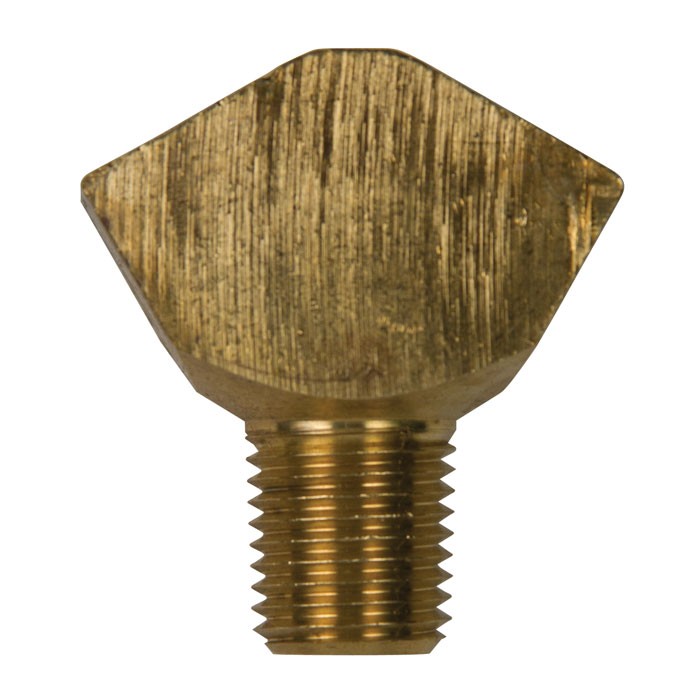Sixmilecross
Well-Known Member
I picked up my co2 tank yesterday morning, braving the snow and wind at 7:30am in hopes that I could make up for the last co2 tank that just about emptied itself. When I got home, I connected the tank to the regulator, which has a washer at the seam, and a wye with two swivel nuts (each joint has teflon tape). I closed the swivel nuts, turned the knob shut on the regulator, and opened the co2 to check the tank seal first with a good spraying of starsan. No bubbles, cool. Moved onto the regulator opening the knob and sprayed the entire thing down, focusing on where it meets the wye - no bubbles. I screwed the air hoses onto the wye and opened the swivel nuts - no bubbles. Ecstatic
I hook up the gas to the keg and give everything a good spray down, and still no bubbles. I pull a pint of a Belgian dubbel I had sitting and really happy, although I noticed what seemed like air in the beer line, but figured it was just from reconnecting the line earlier. 3 pints later I still noticed it, and after opening the lid to diagnose, I noticed the psi on the tank had dropped from 800 to about 550/600. Devastated. I crank the psi up to about 30 and spray everything down - still no bubbles. Then I changed the beer line and went to sleep, leaving the psi up to see where the tank pressure was in the morning. Wake up and check it, and it seems unchanged.
My question is, what the heck is going on? I know changing the beer line didn't do anything to stop the leak, just coincidental. But I'm out of ideas at this point.
I hook up the gas to the keg and give everything a good spray down, and still no bubbles. I pull a pint of a Belgian dubbel I had sitting and really happy, although I noticed what seemed like air in the beer line, but figured it was just from reconnecting the line earlier. 3 pints later I still noticed it, and after opening the lid to diagnose, I noticed the psi on the tank had dropped from 800 to about 550/600. Devastated. I crank the psi up to about 30 and spray everything down - still no bubbles. Then I changed the beer line and went to sleep, leaving the psi up to see where the tank pressure was in the morning. Wake up and check it, and it seems unchanged.
My question is, what the heck is going on? I know changing the beer line didn't do anything to stop the leak, just coincidental. But I'm out of ideas at this point.





